Categories
-
 New products (332)
New products (332) -
 Discounts (68)
Discounts (68) -
 Sale (59)
Sale (59) -
 Measurement accessories (268)
Measurement accessories (268) -
 Passive, active, waveguide RF components (25)
Passive, active, waveguide RF components (25) -
 Vibration analysers (2)
Vibration analysers (2) -
 Logic analyzers (9)
Logic analyzers (9) -
 Spectrum Analyzers and EMC (209)
Spectrum Analyzers and EMC (209) -
 Automatic testing devices (6)
Automatic testing devices (6) -
 Luminous flux tests (2)
Luminous flux tests (2) -
 CNC (1)
CNC (1) -
 Generators and frequency meters (90)
Generators and frequency meters (90) -
 Calibration systems (7)
Calibration systems (7) -
 Inspection cameras and thermovision (49)
Inspection cameras and thermovision (49) -
 Workshop lamps (14)
Workshop lamps (14) -
 Soldering irons and accessories (170)
Soldering irons and accessories (170) -
 Electronic loads - other producers (385)
Electronic loads - other producers (385) -
 Multimetry i mierniki (279)
Multimetry i mierniki (279) -
 Workshop tools (2)
Workshop tools (2) -
 Slide resistors and decades (29)
Slide resistors and decades (29) -
 Oscilloscopes and recorders (137)
Oscilloscopes and recorders (137) -
 Refractometers (1)
Refractometers (1) -
 Calibration systems, patterns (4)
Calibration systems, patterns (4) -
 Telecommunication (34)
Telecommunication (34) -
 Battery testers (4)
Battery testers (4) -
 Device and cable testers (76)
Device and cable testers (76) -
 Transformers in the housing (11)
Transformers in the housing (11) -
 RF power amplifiers (38)
RF power amplifiers (38) -
 Time patterns (1)
Time patterns (1) -
 Power supplies of high power (291)
Power supplies of high power (291) -
 Laboratory power supplies (297)
Laboratory power supplies (297) -
 Educational sets (34)
Educational sets (34) -
 Laboratory furnitures (3)
Laboratory furnitures (3) -
 Źródła mierzące (6)
Źródła mierzące (6) -
 Zasilacze DC (538)
Zasilacze DC (538) -
 Zasilacze AC (114)
Zasilacze AC (114) -
 Mierniki mocy (4)
Mierniki mocy (4) -
 Testery akumulatorów (5)
Testery akumulatorów (5) -
 Systemy testujące (15)
Systemy testujące (15) -
 Oprogramowanie, opcje i akcesoria (14)
Oprogramowanie, opcje i akcesoria (14)
News
How often to calibrate measuring instruments?

How often should measuring instruments be calibrated? What is the validity of an issued calibration certificate? Finding answers to these questions more than once proves to be somewhat problematic. So what is the problem?
In both ISO 17025 and ISO 9001 we can find a provision concerning the requirement to calibrate measurement equipment covered by the quality management system. This is undoubtedly a key element in maintaining the consistency and reliability of the measurements made within the business.
Nevertheless, in none of the standards will we find information on how long the interval between calibrations of equipment should be. This is for good reason. Setting a rigid top-down time frame for each instrument would miss the point. The subject should be approached on a more individual basis. The ILAC document G24 Guidance for the Determination of Calibration Intervals for Me asuring Instruments highlights the following elements when establishing an instrument calibration program, which we have expanded to explain:
- the uncertainty of measurement required or declared by the laboratory - it is logical that in keeping the uncertainty of measurement as low as possible, accurate observation of the behavior of the instrument plays a very important role, so the lower the declared or required uncertainty, the more often calibration should be performed.
- The risk of a measuring instrument exceeding the limit of the maximum permissible error during its use - based on observations of historical calibrations, it can be determined which way the values of the device "drift off". This is related to drift, mentioned in the following sections. When we see that the device is already relatively close to the limit of the permissible, it is worthwhile to perform calibration faster than the initially set time.
- The cost of the necessary corrective action when it was found that the instrument was not suitable for use in the long term - economic aspects should also be taken into account. If it is found that the device indicates or infers incorrect values, it means that we should repeat all measurements made in the period between the last calibration and the one in which the irregularity was noticed. The cost of taking all the measurements from a few years ago could be very high. Of course, there are other ways of prevention here through, for example, internal checks of instruments.
- Instrument type - every instrument is different. Some devices are more prone others less prone to, for example, calibrating.
- tendency to wear out and drift - also a very individual issue. As described above, it is useful to observe the drift of devices based on historical calibrations. It may turn out that the calibrator has been very stable for many years and there is no risk of destabilization, in which case a lower frequency of calibration can be considered.
- Manufacturer's recommendations - The manufacturer knows his equipment very well. Its recommendations and the information in the specifications should be taken into account.
- Range and intensity of use - The way you use it can affect the risk of damage to the device. For some equipment, it may be that those used more frequently should also be calibrated more often.
- Ambient conditions (climatic conditions, vibrations, ionizing radiation, etc.) - when performing measurements, the ambient conditions that may affect the results should be rigorously controlled. If the device is exposed to significant fluctuations in conditions (e.g., temperatures), this may be an argument for more frequent calibration.
- trend data obtained from records of previous calibrations - similarly, as mentioned earlier, in the case of significant stability of the instrument over the years, we can calibrate devices less frequently than those with low stability over time.
- Maintenance and service record - as mentioned above. It is also necessary to take into account any repairs to which the instrument has been subjected and their effect on its stability.
- frequency of checking by comparison with other reference standards or measuring instruments, frequency and quality of periodic checks in between - it is advisable to perform checks other than calibration during the period between calibrations. This can be participation in proficiency tests, inter-laboratory comparisons or organization of internal checks.
- mode of transportation and associated risks - it is necessary to consider whether the device is transported frequently or rather used only in one place. In some cases, this can affect its performance.
- the degree of training of operating personnel - it may be that if the instruments are used by untrained personnel, they will be damaged. In order to prevent such risks, more frequent check-ups should be made and this should be transferred to the calibration chain accordingly.
The aforementioned elements will be helpful when determining the calibration interval. An important element that often has a key impact on the correctness of the determination is the experience of the person making the decision. Both experience in the field of metrology and knowledge of the measuring instruments being analyzed.
Answering the questions posed at the beginning of the article - the frequency of instrument sightings is a very individual issue. Determinations should be made based primarily on experience with instruments and technical aspects. Importantly, no calibration certificate has a pre-imposed expiration date. When using the services of calibration laboratories, be aware that the laboratory cannot impose on us the date of the next calibration, including the expiration date of the issued certificate.
We encourage you to read the document ILAC-G24 Guidelines for Determining Calibration Intervals of Measuring Instruments, which details various statistical methods to help determine calibration intervals .
ILAC-G24 Guidelines for determining calibration intervals of measuring instruments - download.




















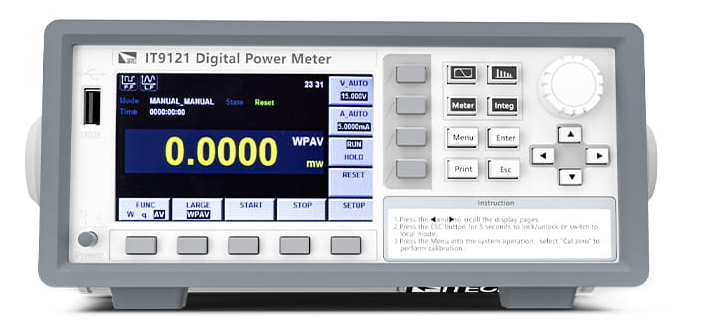

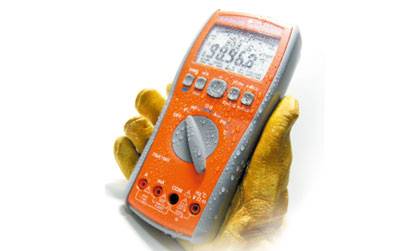





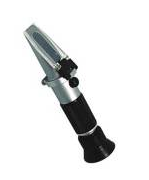
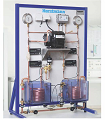





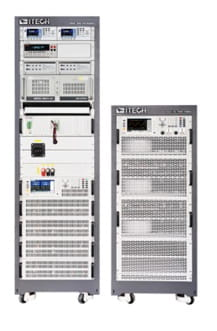

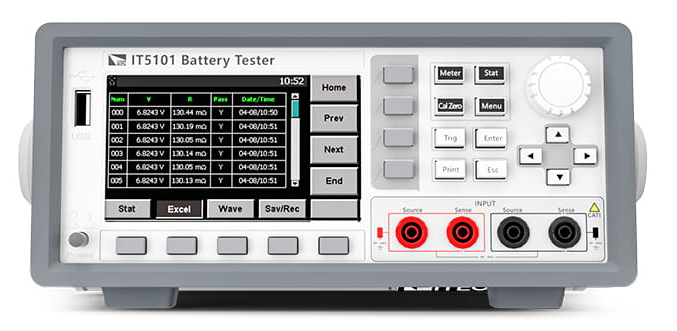


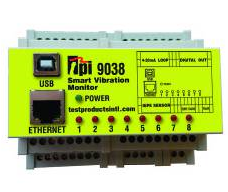




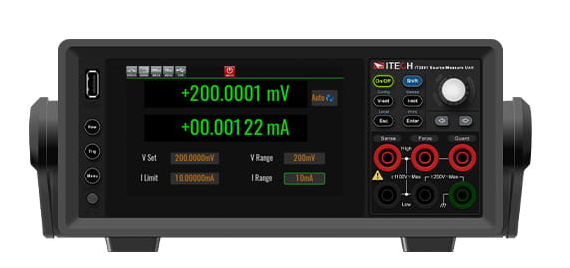














































































 kamery do kanalizacji i rurociągów (24)
kamery do kanalizacji i rurociągów (24)  kamery do kanalizacji i rurociągów (3)
kamery do kanalizacji i rurociągów (3)  teleskopowe (3)
teleskopowe (3)  do kominów (2)
do kominów (2) 

